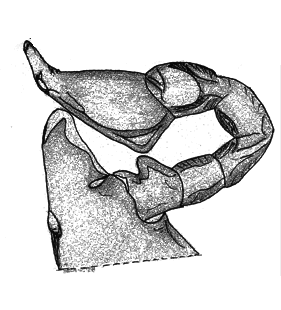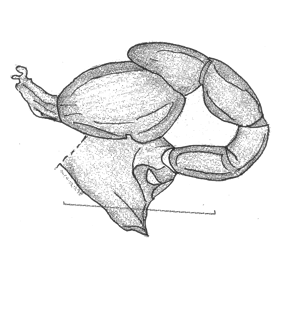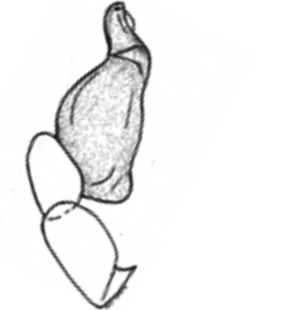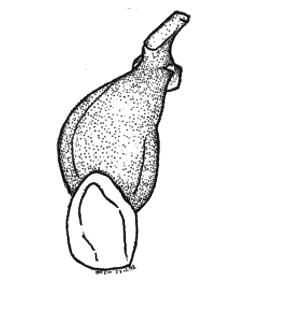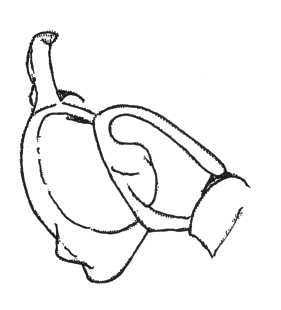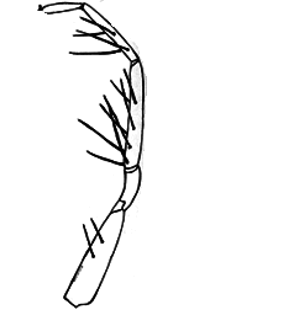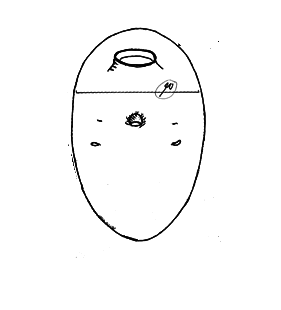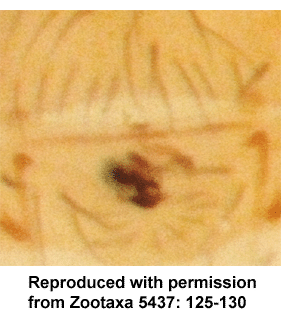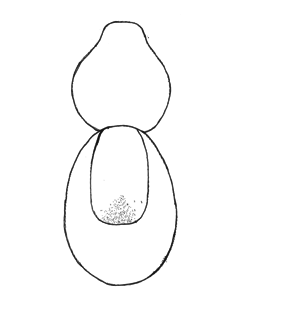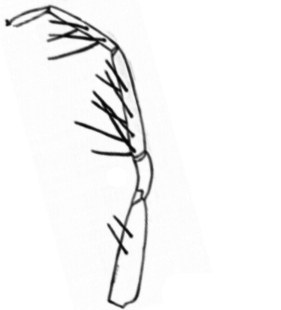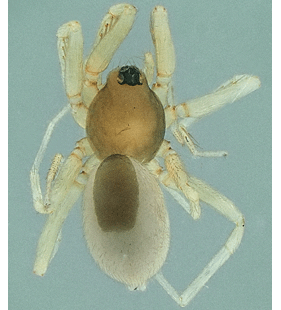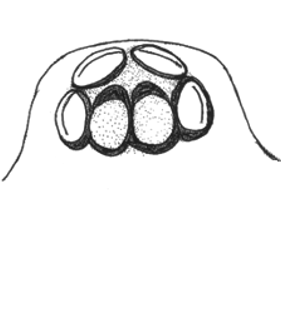Ischnothyreus peltifer (Simon, 1892)
Description
Bulbus with neckband-like chitinisation, ventrally with 2 protuberances. Spermaporus small. Prosoma light brown, highest point of prosoma brighter, almost white. Male: with a pair of dark brown, egg-shaped spots behind eyes. Sternum yellow-white. Chelicerae yellow-brown. Legs yellow-white, I and II with spines, III and IV without. Opisthosoma yellow-white, dorsal scutum shiny light brown, with fine radial stripes, ventral scutum pale yellow.
Additional information
Probably occasionally mixed up with I. velox (Saaristo 2010: 120).
This species of Asian origin is not native to Europe (alien species). It had been introduced to Europe at least once and could establish.
Distribution
Figures
Distribution List
"No references" does not mean that the species does not occur in this country, but that we have not yet inserted the reference for it. We are working on it.
References
Hänggi A, Bobbitt I, Kranz-Baltensperger Y, Bolzern A, Gilgado J D (2021) Spiders (Araneae) from Swiss hothouses, with records of four species new for Switzerland. Arachnologische Mitteilungen 62: 67-74 ![]()
Locket G H, Millidge A F (1951) British spiders. Vol. I. Ray Society, London, 310 pp. ![]()
Saaristo M I (2001) Dwarf hunting spiders or Oonopidae (Arachnida, Araneae) of the Seychelles. Insect Systematics & Evolution 32: 307-358 ![]()
Saaristo M I (2010) Araneae. In: Gerlach J & Marusik Y M (eds.) Arachnida and Myriapoda of the Seychelles Islands. Siri Scientific Press, Manchester, pp. 8-306. ![]()
Sherwood D, Dunlop J, Sharp A (2024a) On the identity of Opopaea euphorbicola Strand, 1909 and first records of three other non-native goblin spiders from Ascension Island (Araneae: Oonopidae). Zootaxa 5437: 125-130 ![]()
WSC (2025) World Spider Catalog. Version 26. Natural History Museum Bern, online at http://wsc.nmbe.ch (28.2.2025) doi: 10.24436/2 ![]()
